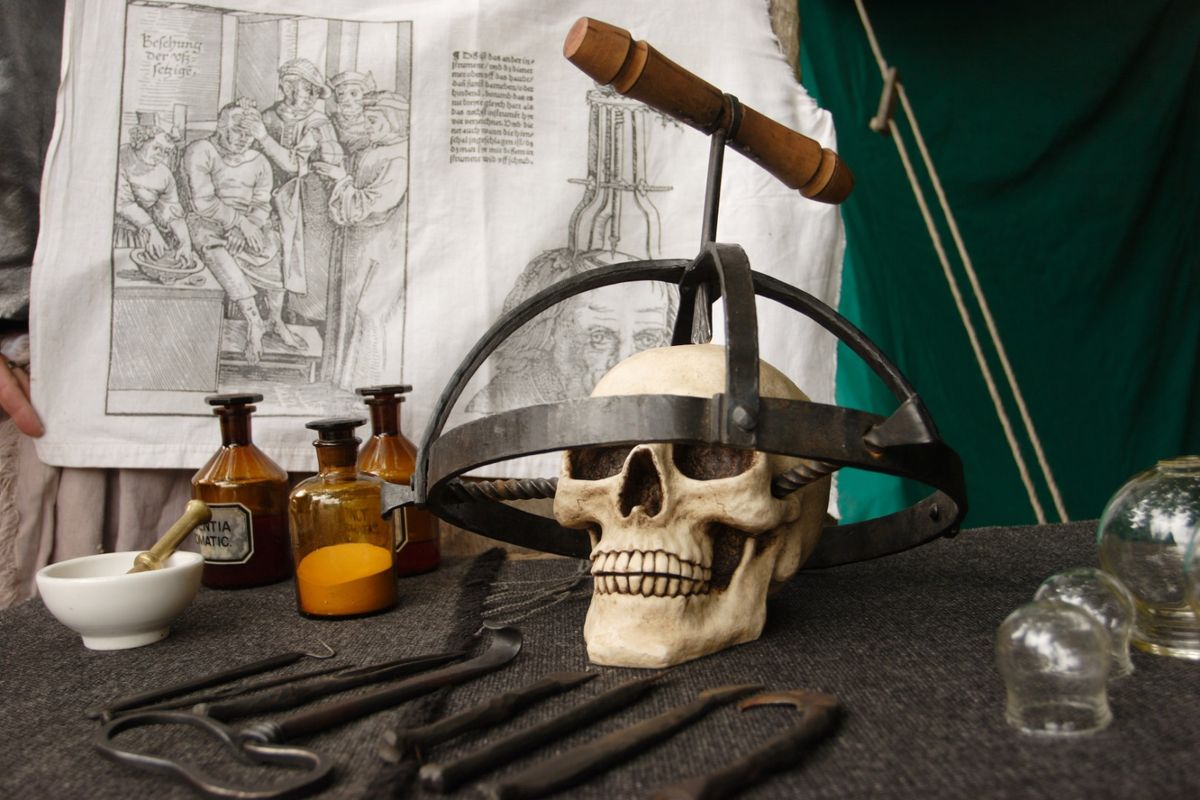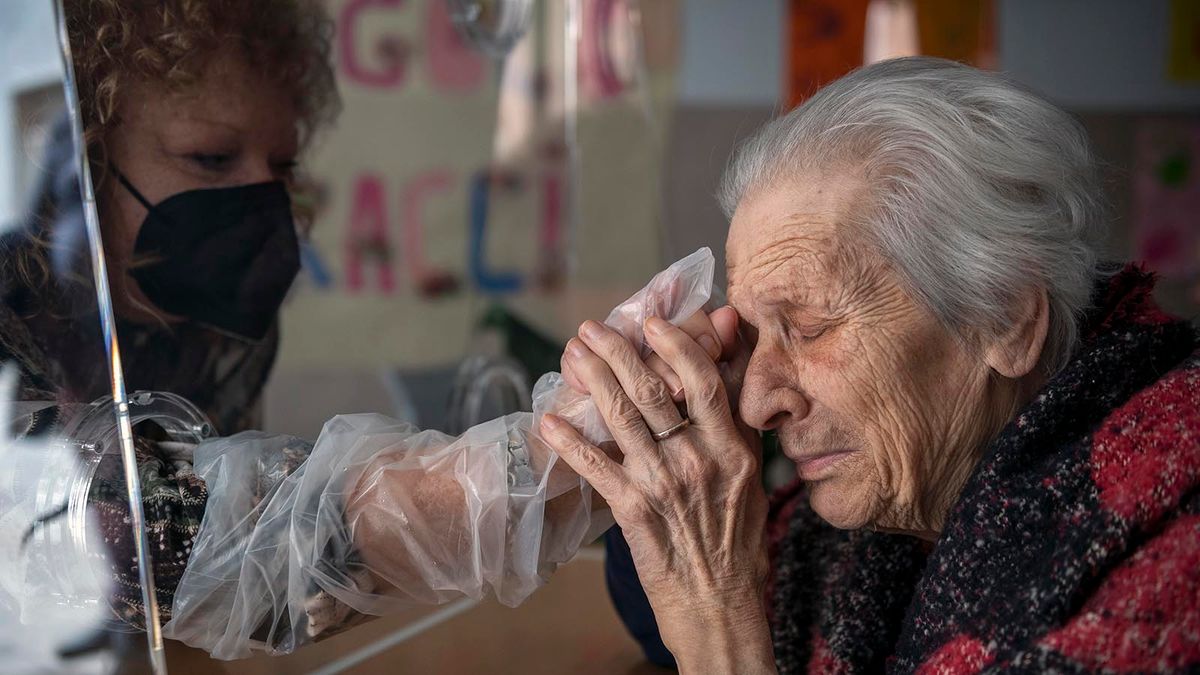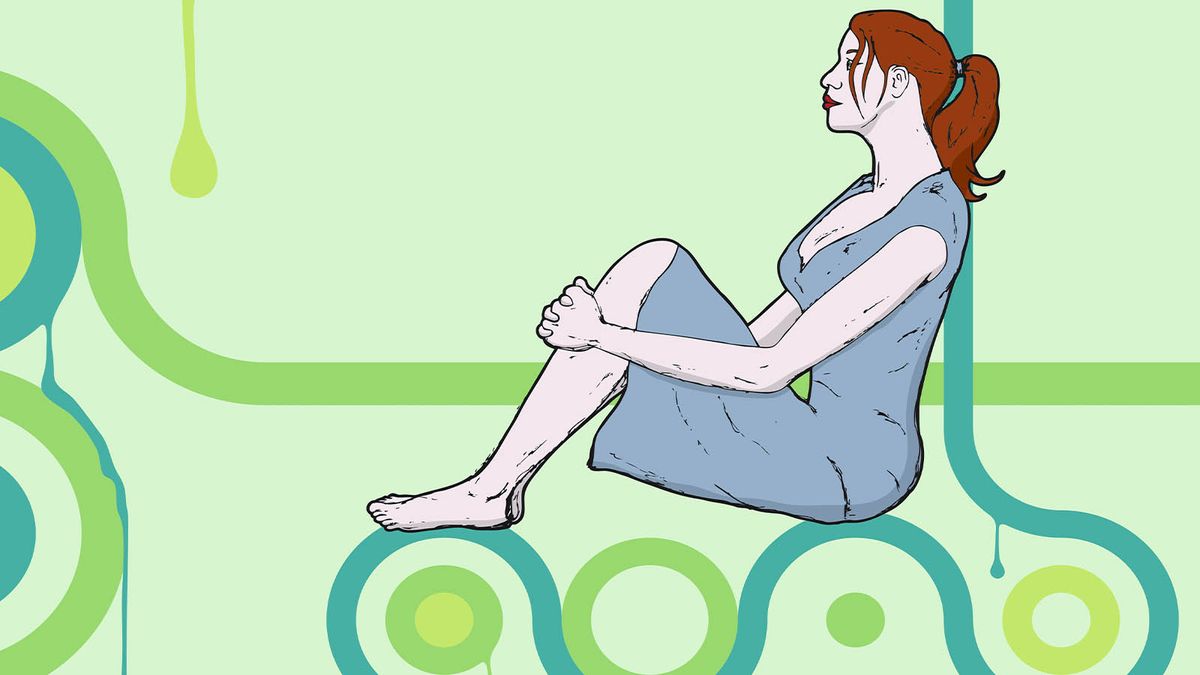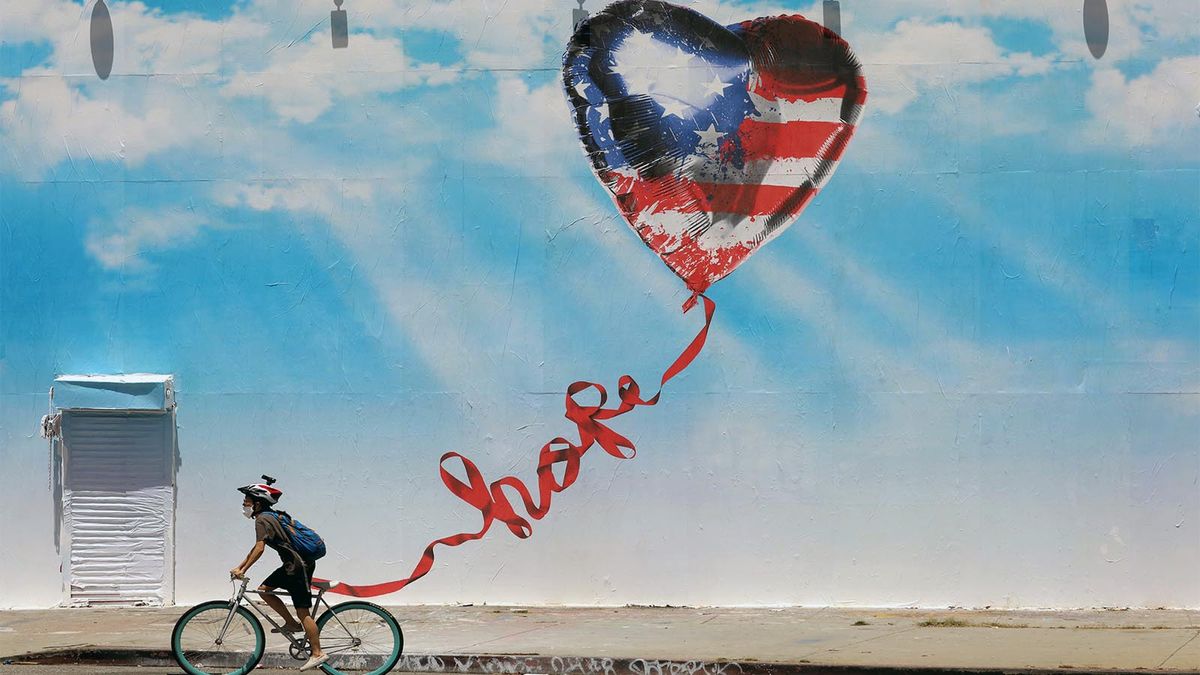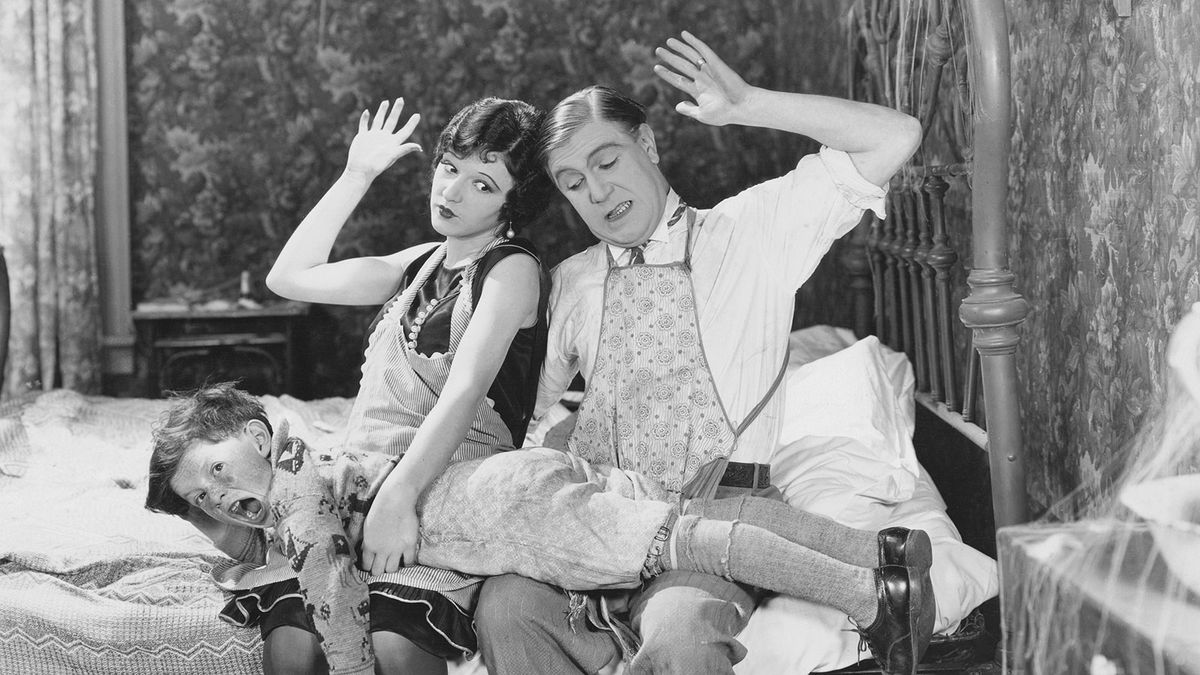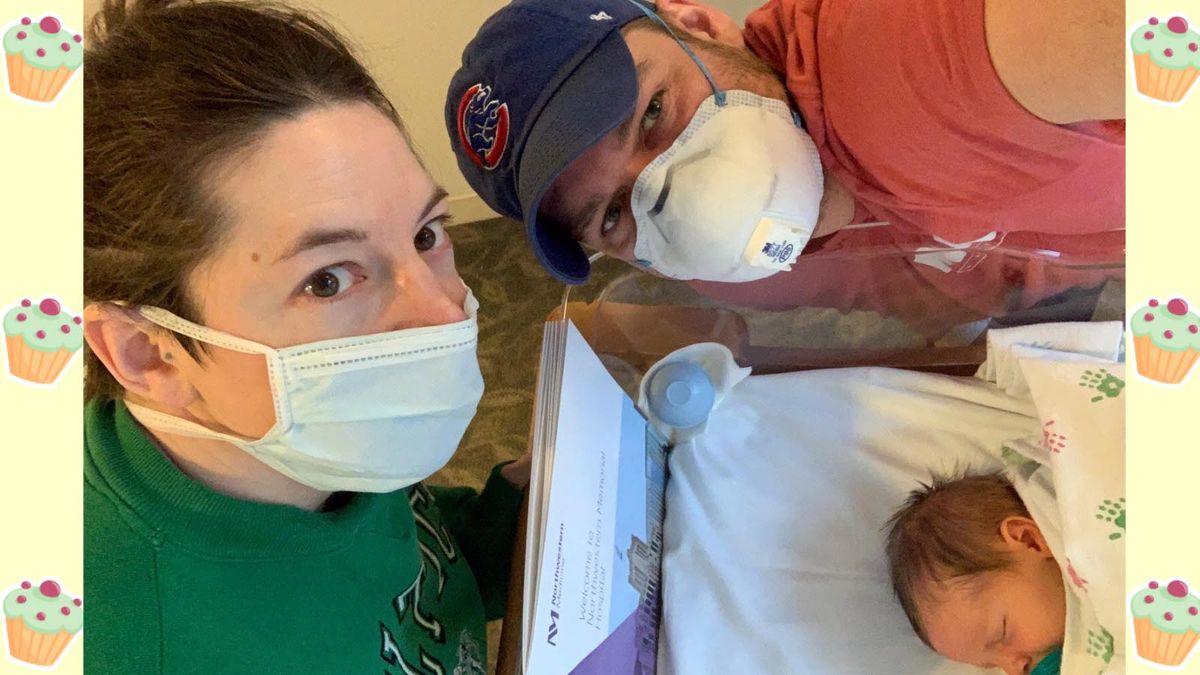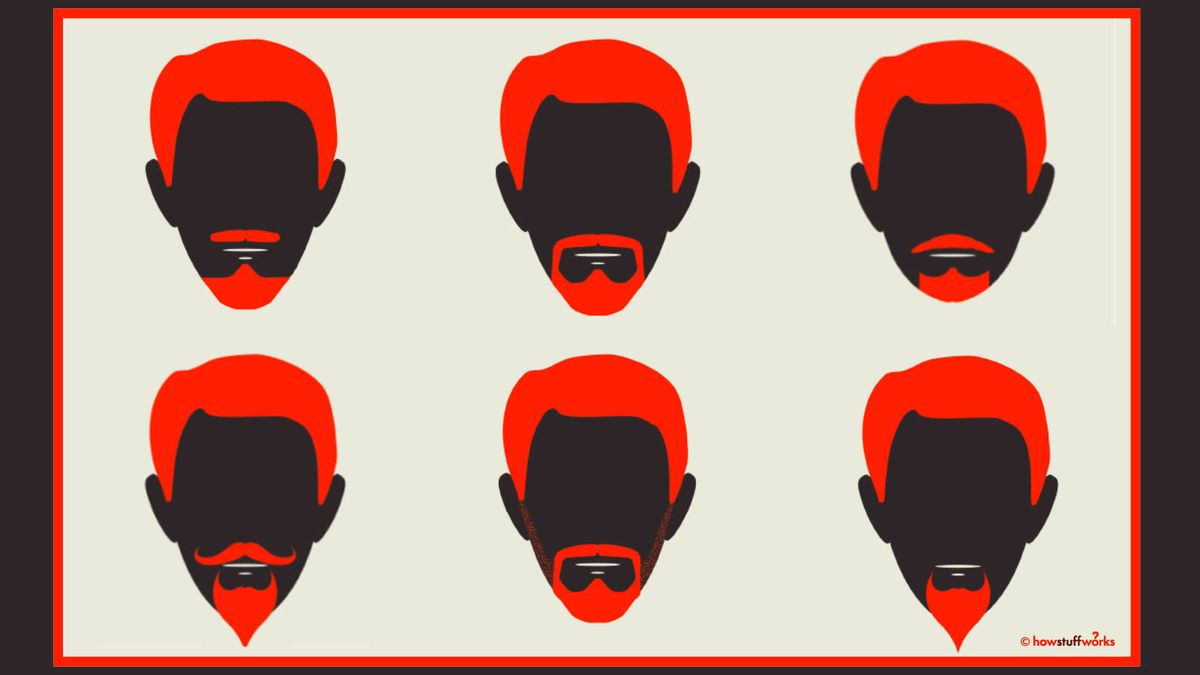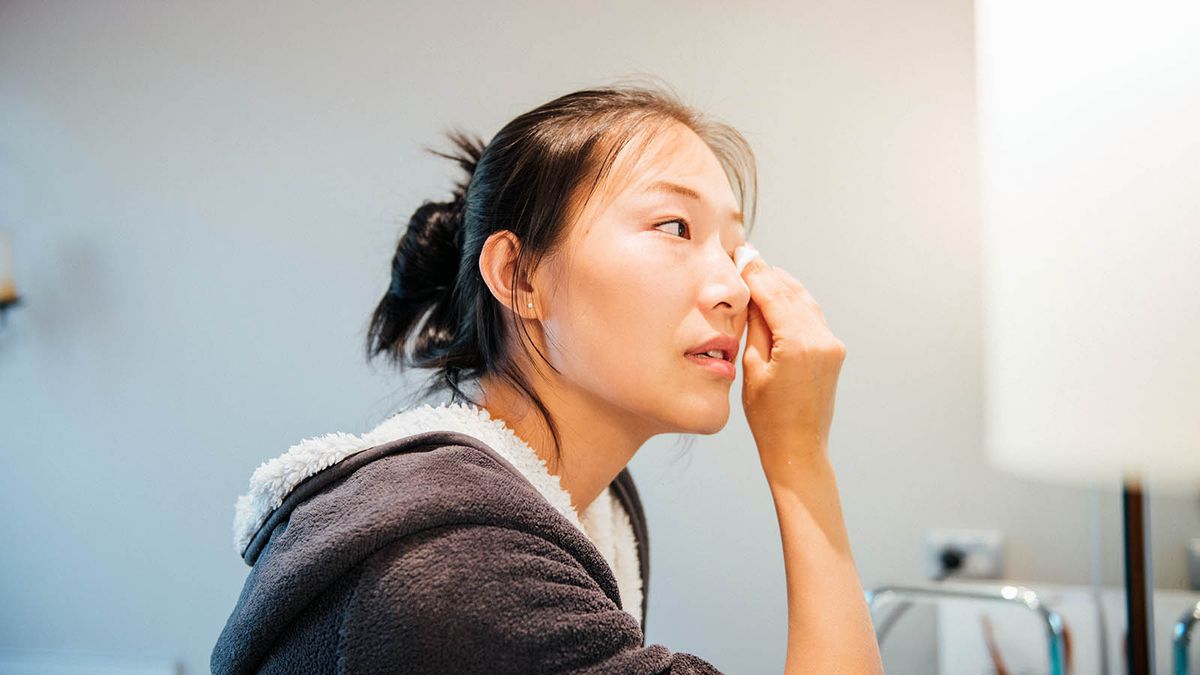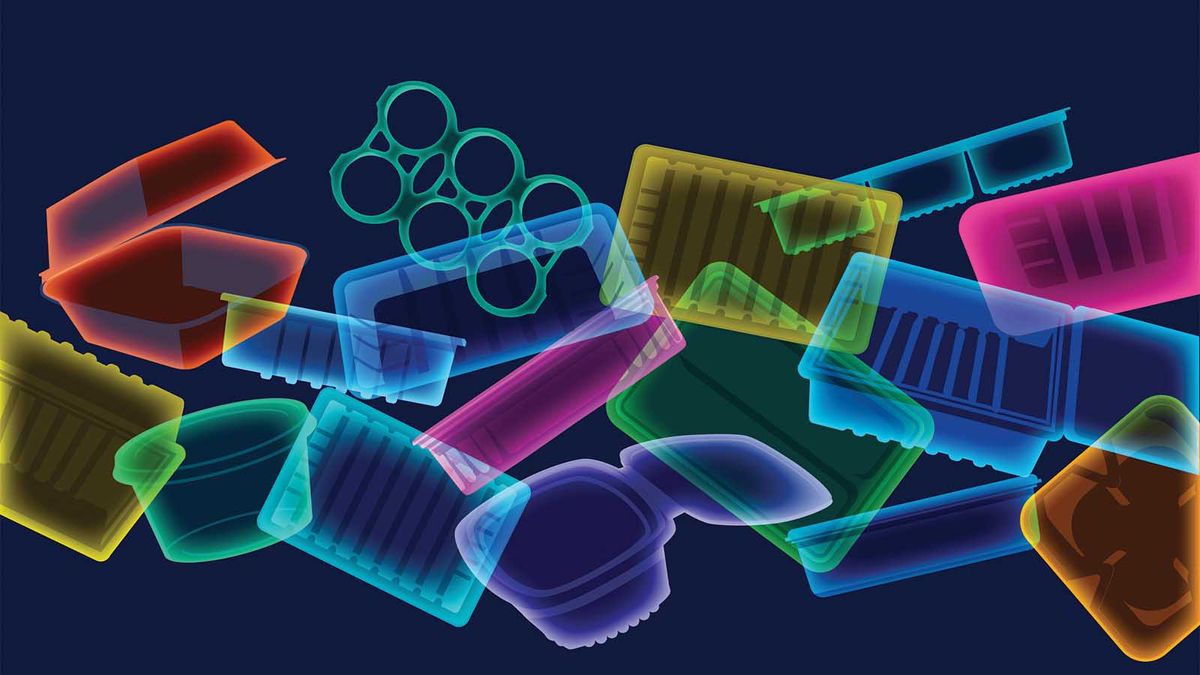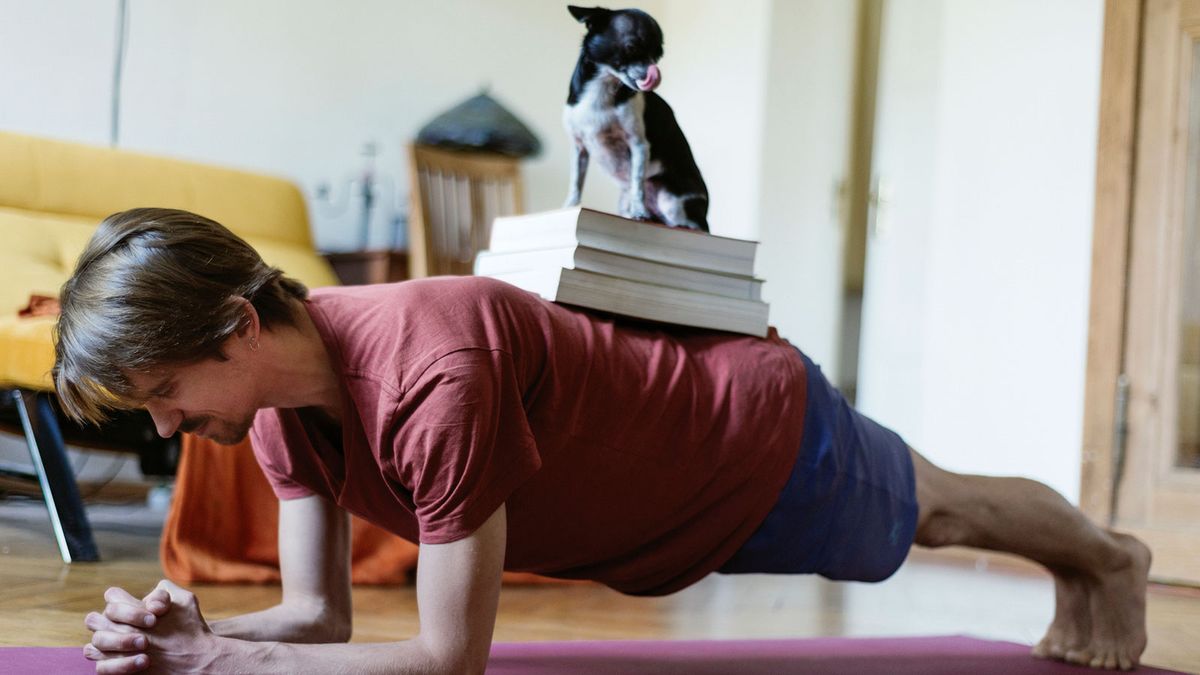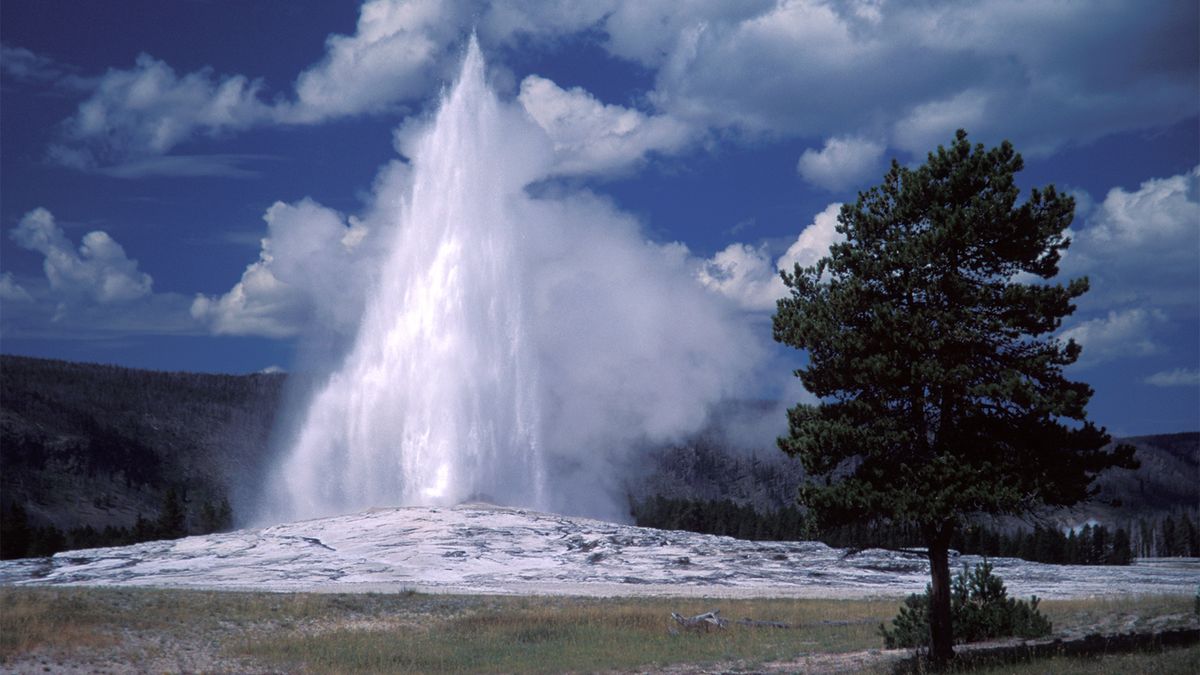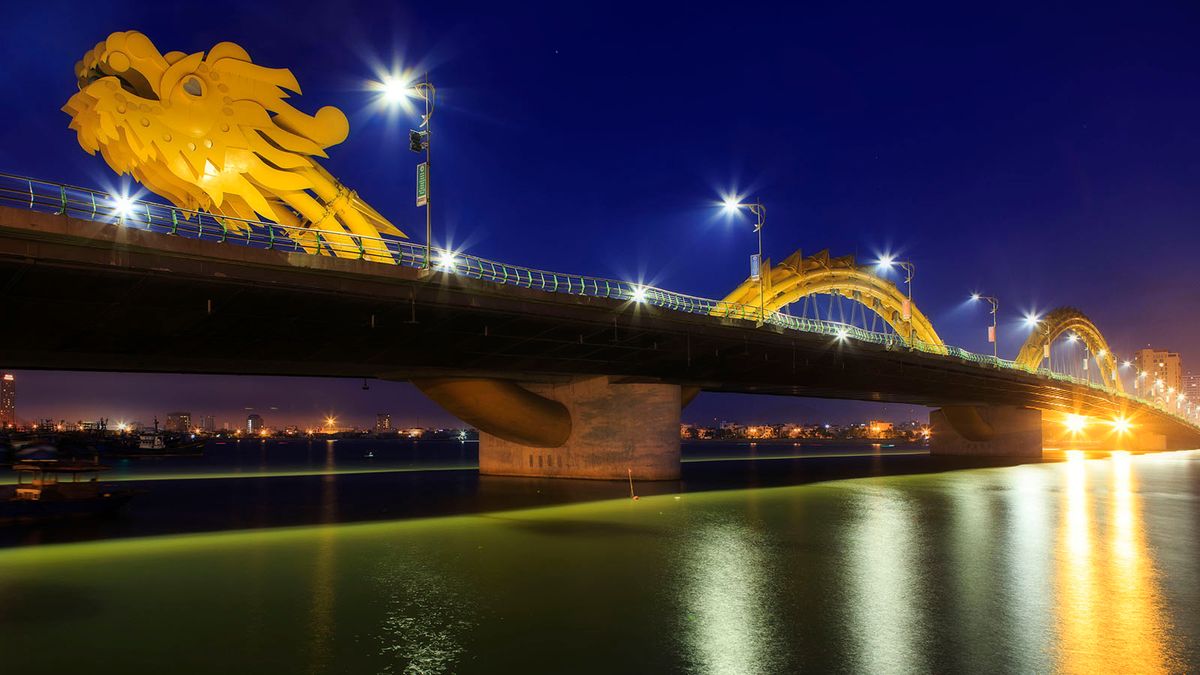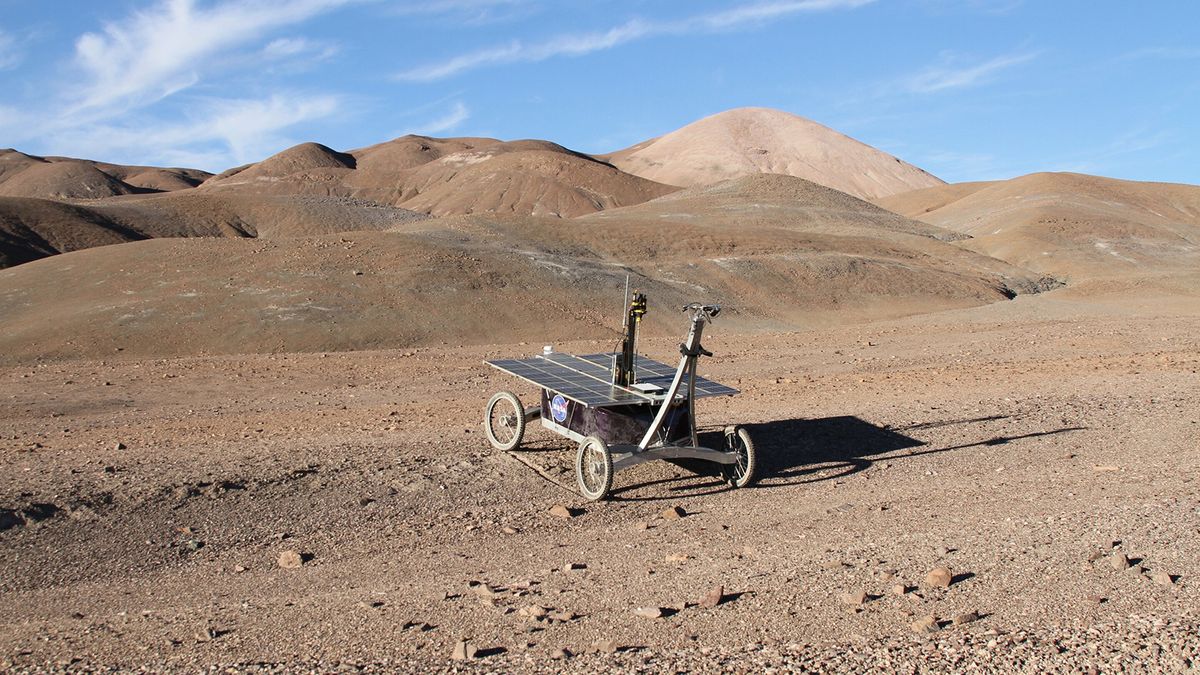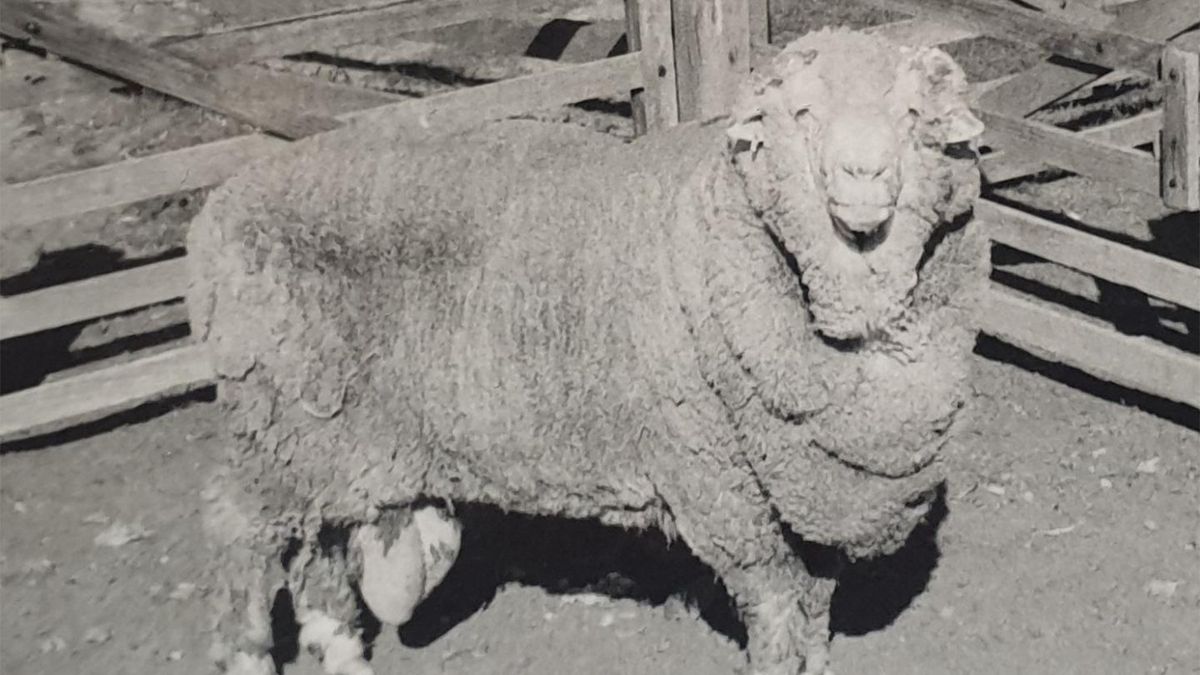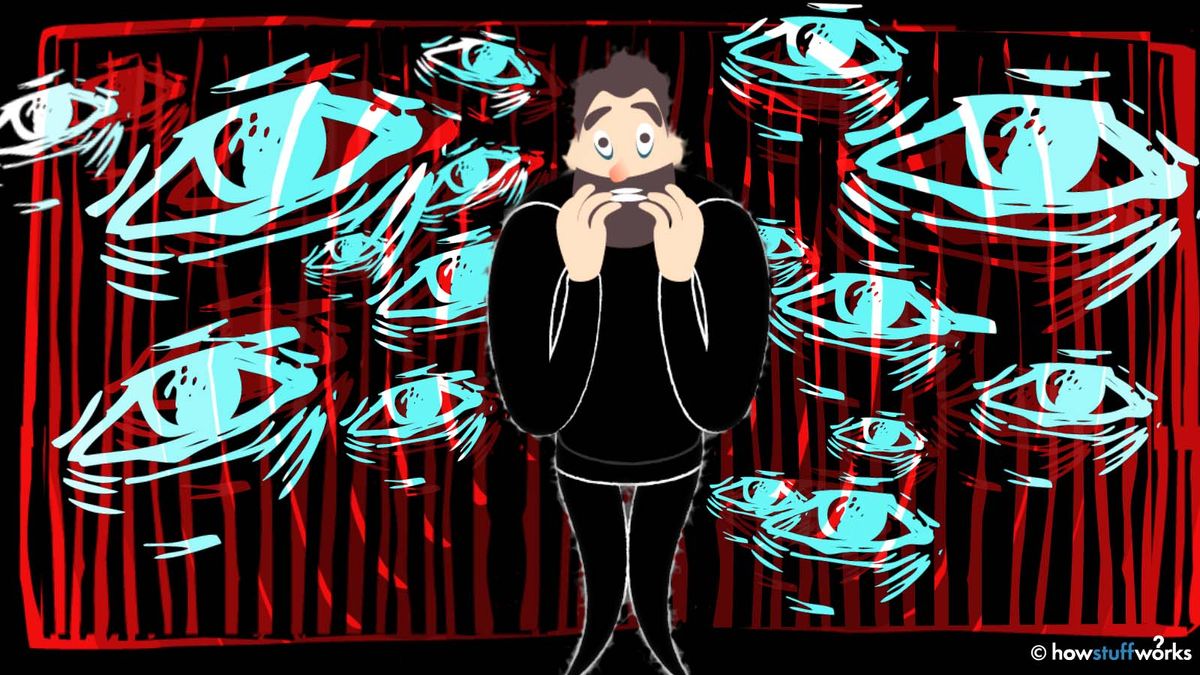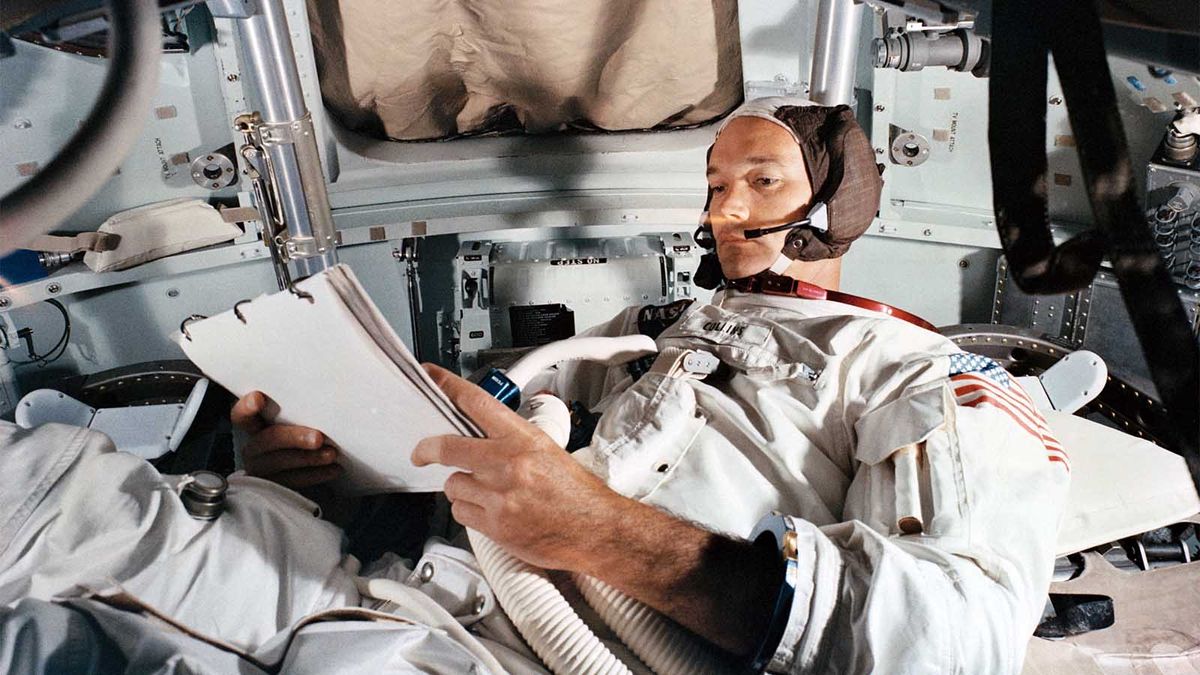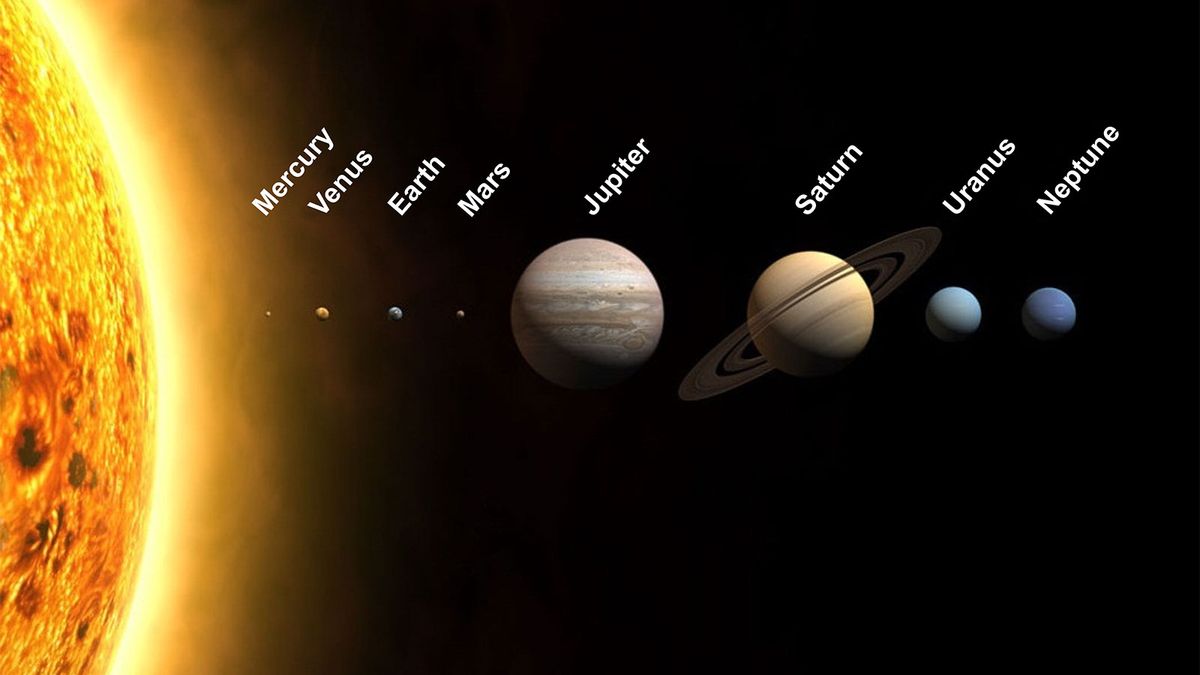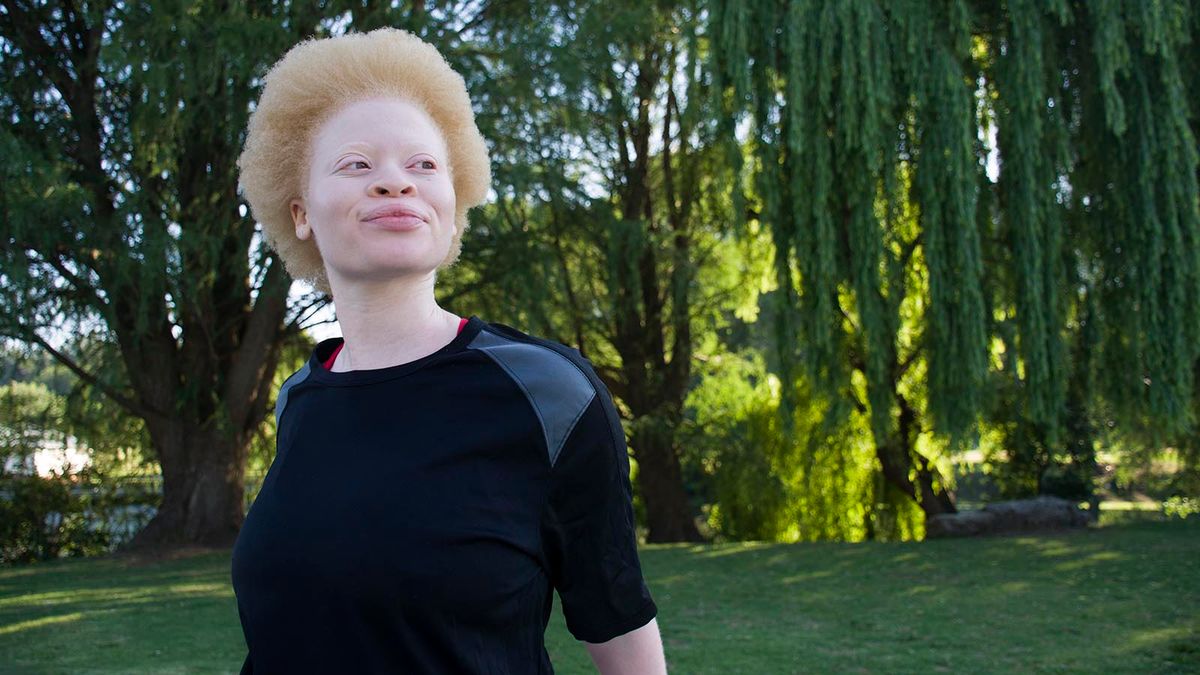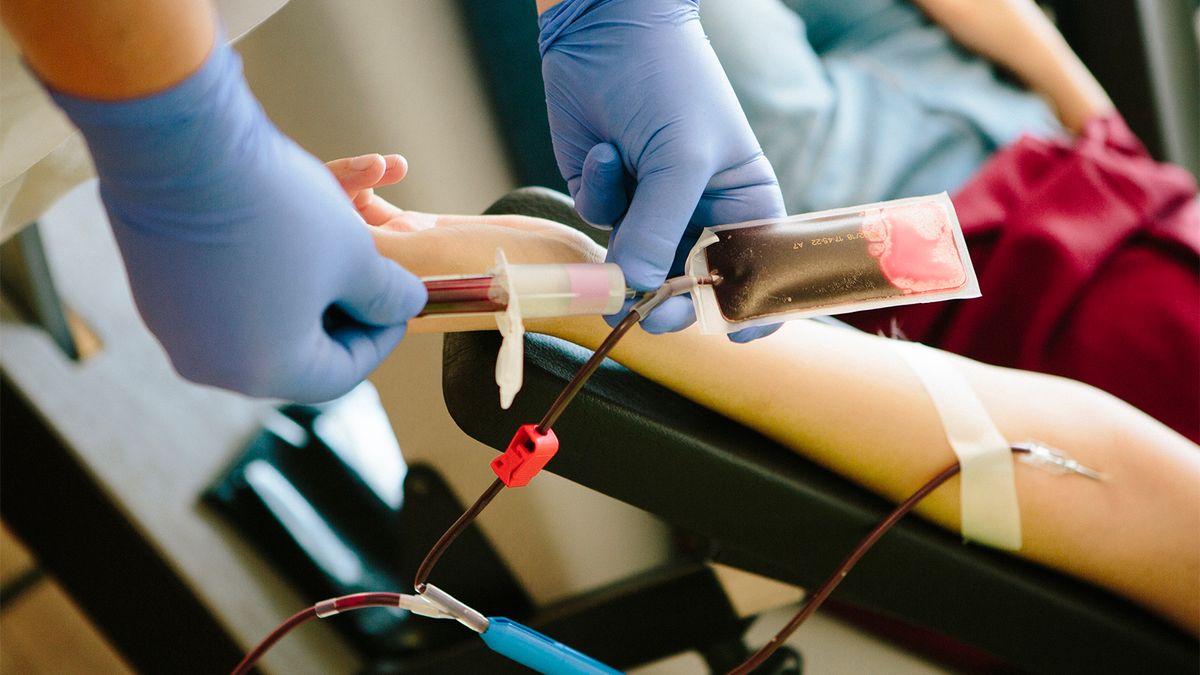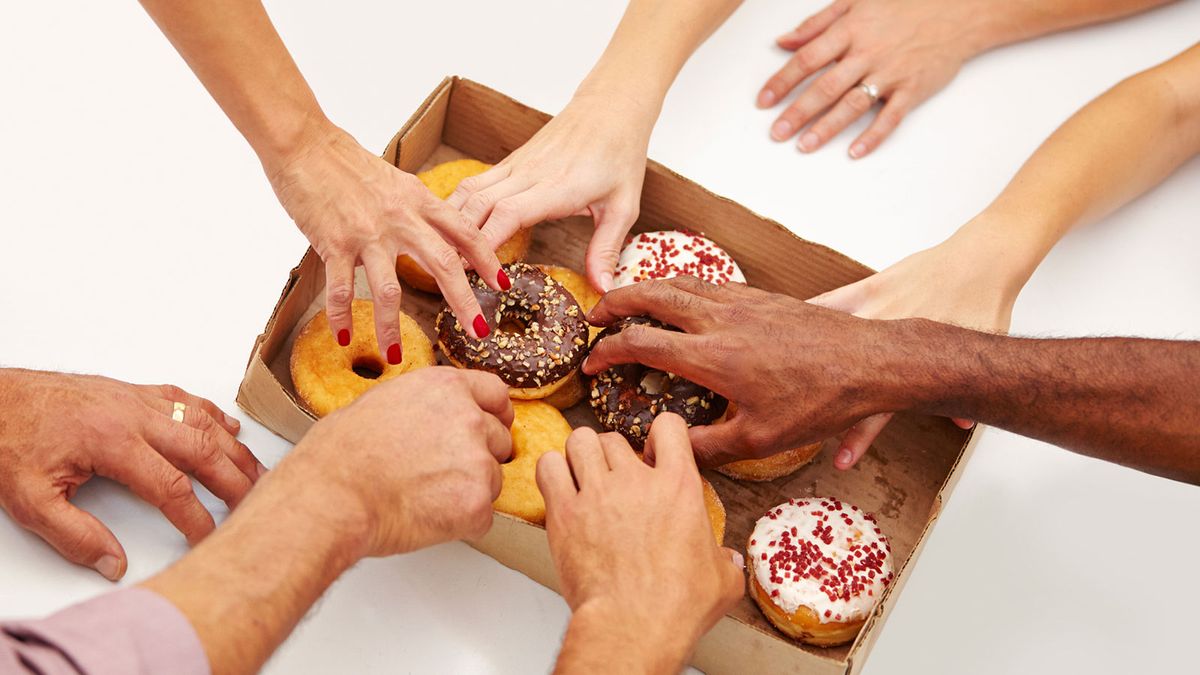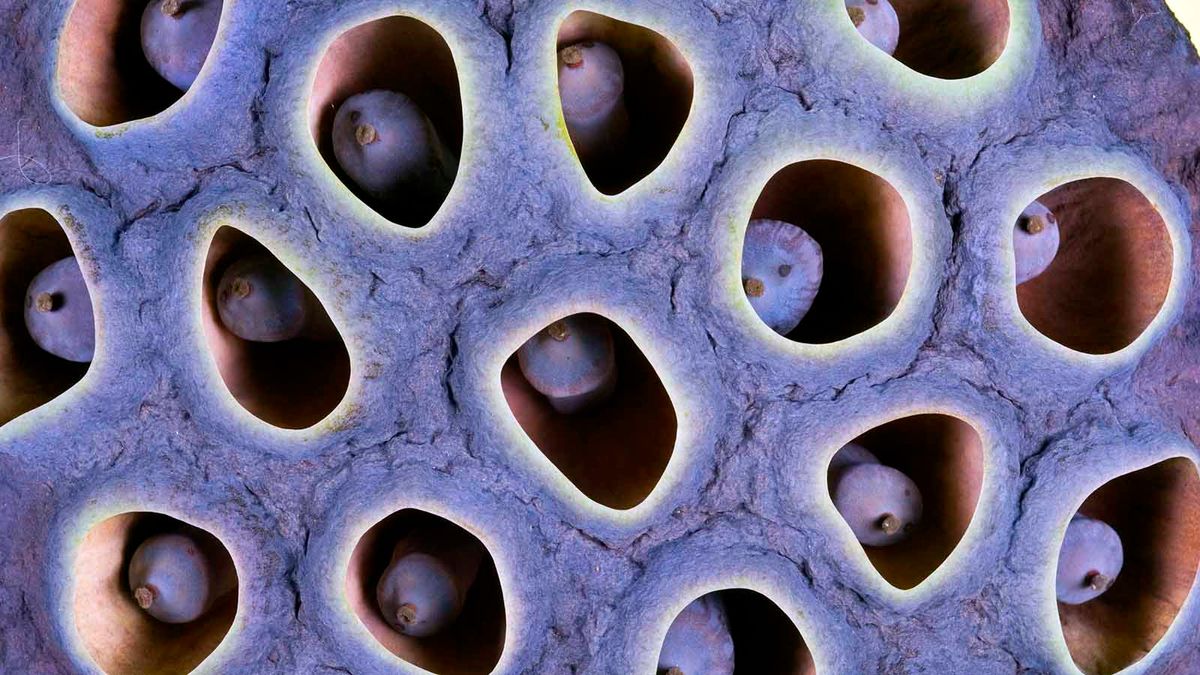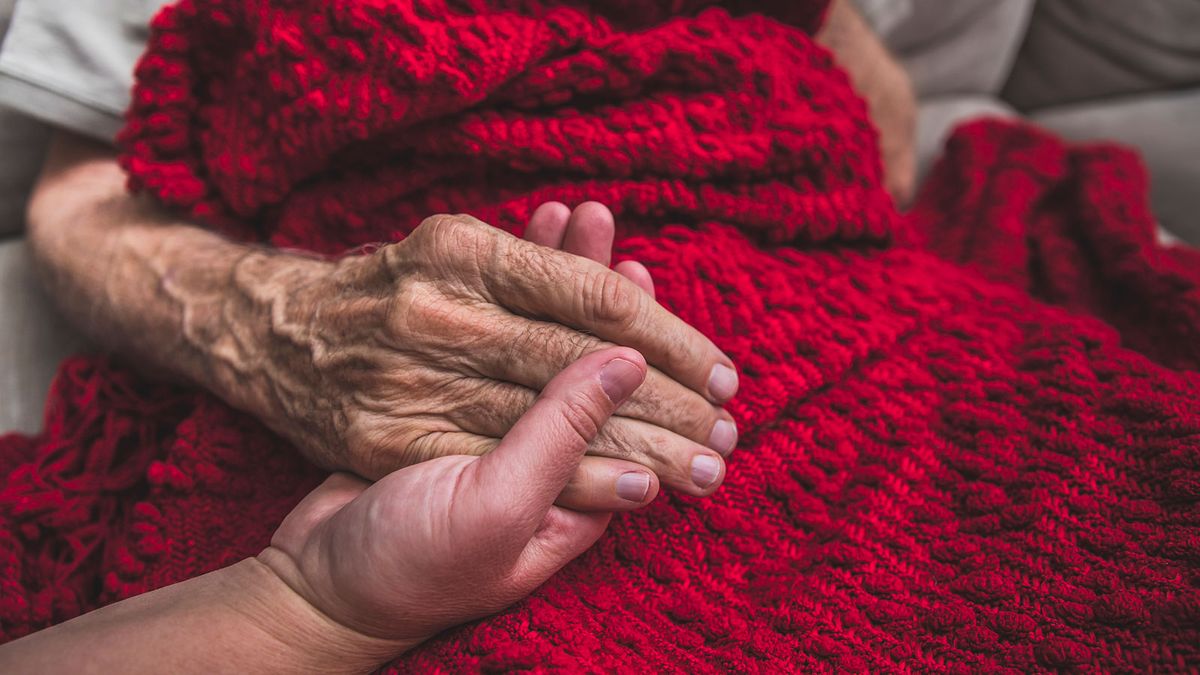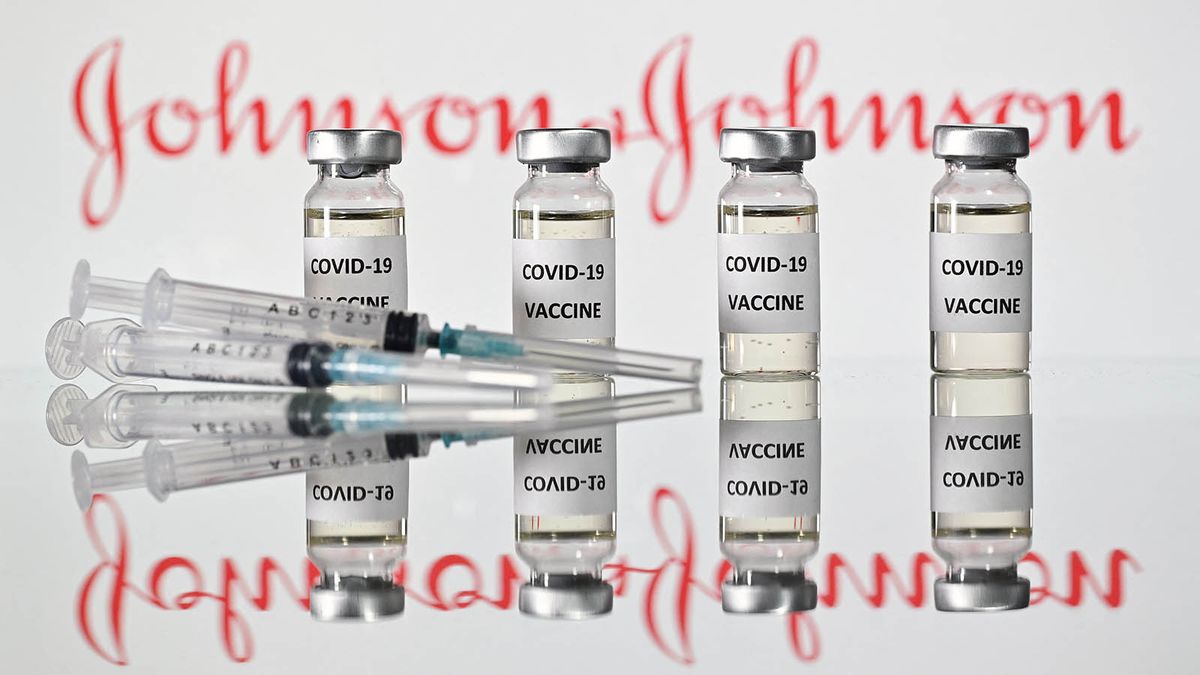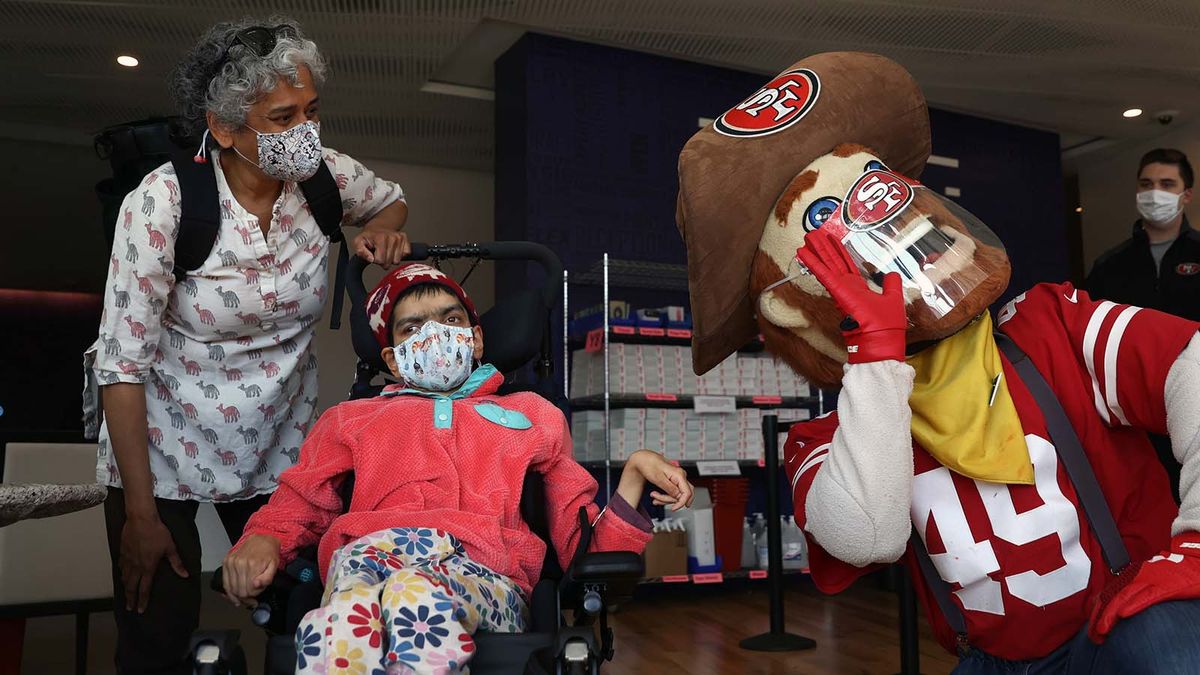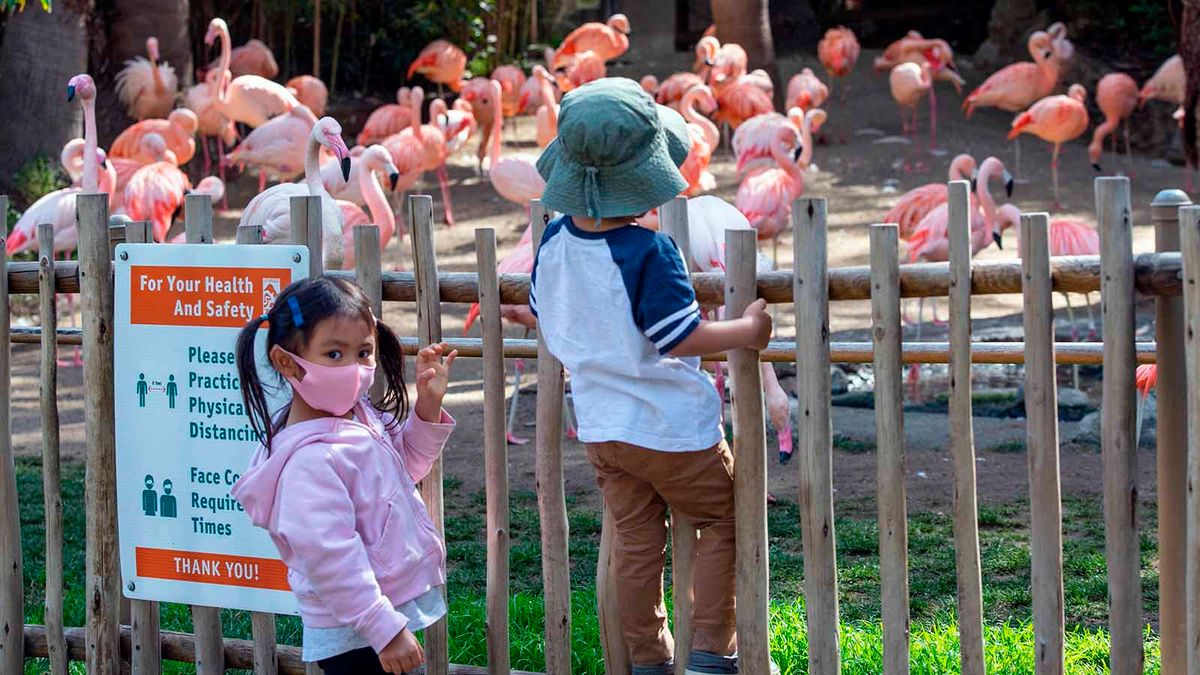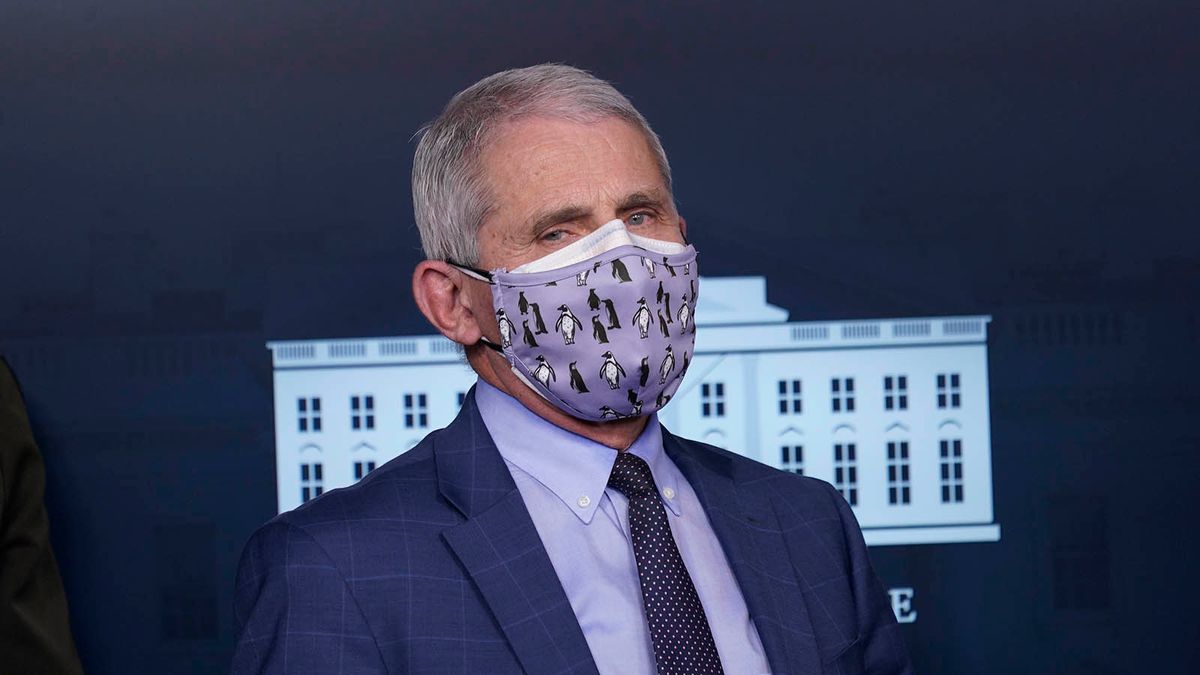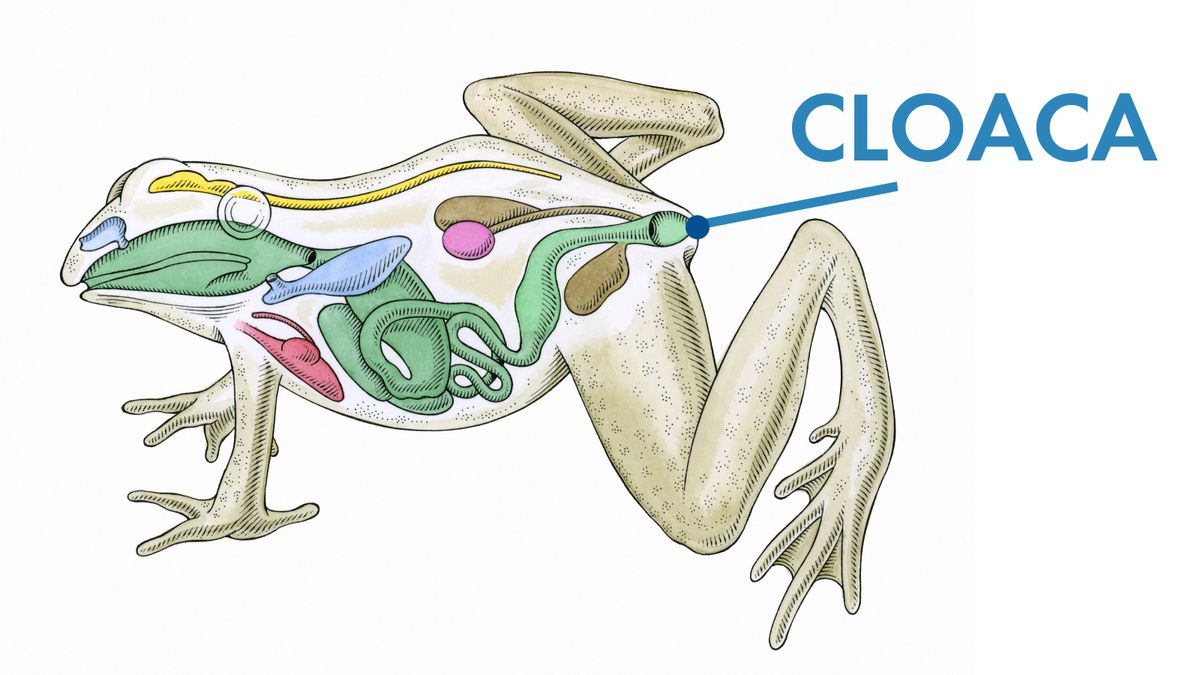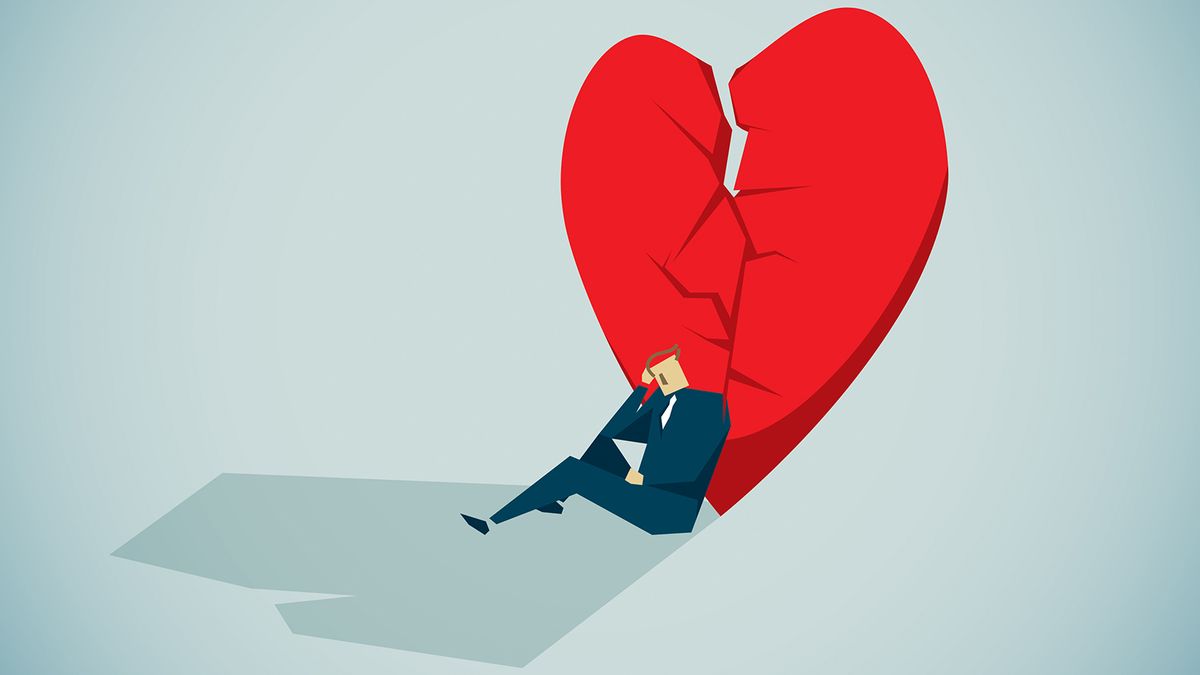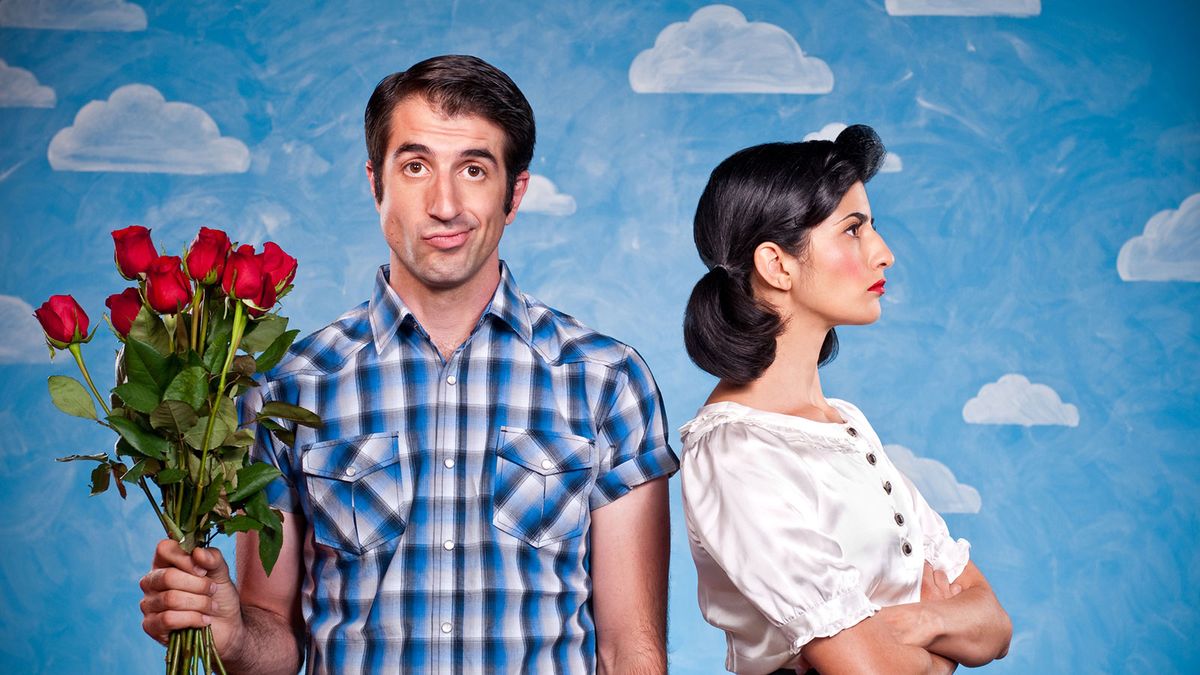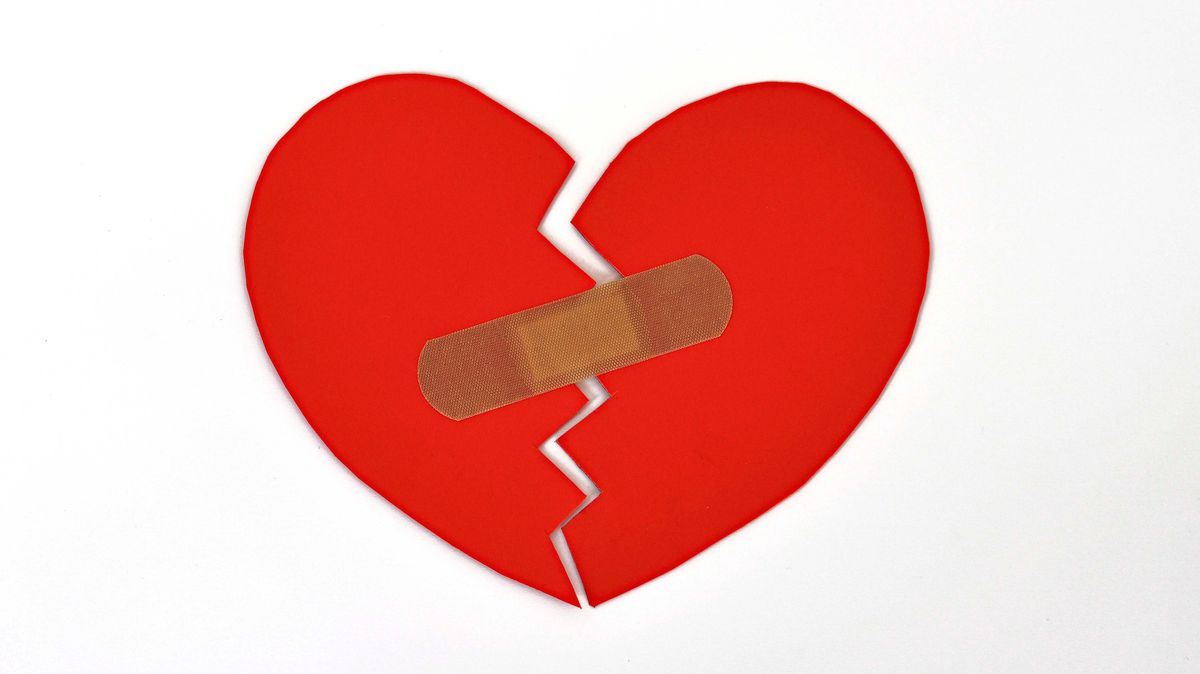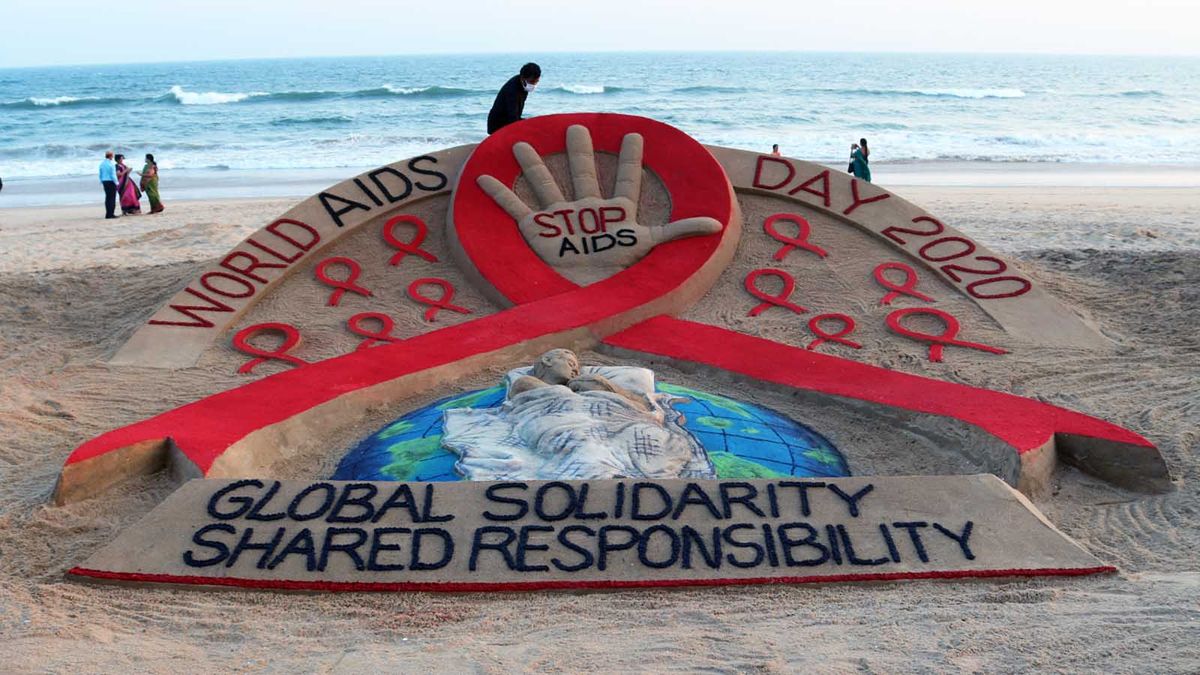
У жонглеров, фокусников, акробатов и артистов интермедий есть кое-что общее — они делают поразительные или сложные трюки очень простыми. Огнедышащие , которые часто специализируются на одной из этих форм развлечения, поражают людей, потому что они, кажется, выдыхают шлейф огня, как если бы это было так же просто, как вдохнуть.
Но огненное дыхание — самое опасное из всех огненных искусств. Людям, которые профессионально дышат огнем, приходится идти на многое, чтобы обезопасить себя и свою аудиторию. А поскольку в процессе задействованы огонь и легковоспламеняющееся токсичное топливо, несчастные случаи с дыханием при пожаре могут быть смертельными.
Чтобы получить представление о том, как работает огнедышащее дыхание, мы взяли интервью у двух огнедышащих. Майк Гарнер — жонглер и исполнитель водевиля, который начал дышать огнем в 1993 году.
Наша вторая исполнительница использует сценический псевдоним Пеле , и она включает в свои шоу ряд интермедий. На момент нашего интервью у нее было около десяти лет опыта работы с огненными трюками. В этой статье эти исполнители помогут объяснить основы дыхания огнем, потенциальные опасности и меры безопасности, которые защищают огнедышащих и их аудиторию.
Опасности огнедышащего дыхания
Исполнители согласны с тем, что огненное дыхание — самый опасный из всех огненных трюков. Топливо токсично и потенциально канцерогенно , и пожар может быстро выйти из-под контроля. Журналы, книги и веб-сайты часто содержат неполные или неверные инструкции, поэтому люди, которые хотят научиться дышать огнем, должны делать это только с помощью обученного профессионала .
- Основы огненного дыхания
- Факелы и топливо
- Опасности и безопасность
- Другие огненные искусства
Основы огненного дыхания

Действия огненного дыхания могут быть ошеломляющими или даже поразительными. «Это очень впечатляющий эффект, — говорит Гарнер. «Есть очень мало вещей, которые вызывают столько же изумления… это то, что люди видят не очень часто».
Чтобы создать столб огня , огнедышащий использует два основных компонента: топливо и источник пламени . Проще говоря, исполнитель направляет полный рот топлива в сильный поток над пламенем. В результате может получиться столб, шлейф или огненный шар.
Звучит просто, но управление направлением подачи топлива и консистенцией распыления — это метод, который требует много времени для усовершенствования. Огнедышащие обычно интенсивно тренируются с водой, прежде чем набрать полный рот топлива или зажечь факел. Они сосредоточены на контроле направления и консистенции распыления. «Вы все еще можете видеть топливо в воздухе», — говорит Пеле. Гарнер добавляет, что если распыление недостаточно тонкое, «топливо загорится, а затем упадет на землю и сгорит».
Еще одним важным фактором является угол наклона топлива, а значит и пламени. Пеле объясняет, что это должен быть «угол между 60 [и] 80 градусами… Меньший угол может заставить пламя подняться на часть тела, а больший может привести к тому, что невоспламенившееся топливо упадет обратно на лицо. Угол чрезвычайно важен. "
Готовясь дышать огнем, исполнители исследуют свое окружение, в том числе направление и скорость ветра. «Я смотрю на пламя, — говорит Пеле. «Они лучше всего говорят обо всем, что мы могли бы использовать. Они реагируют на каждый тонкий нюанс в воздухе».
Гарнер подчеркивает важность знания окружения: «Будьте в курсе, есть ли какие-либо линии электропередач или деревья с низко свисающими ветвями… помните, где находится ваша аудитория, где вы находитесь… все, что может быть вокруг вас. "
Под любым другим именем
Одна из проблем, связанных с огненным дыханием, заключается в том, что не существует идеального слова, точно описывающего то, что делает исполнитель. Исполнители используют ряд слов для описания огненного дыхания, включая вдыхание, выдувание, дыхание и выплевывание. Несмотря на то, что «дыхание» — не самое точное с технической точки зрения слово, это слово у большинства людей ассоциируется с этим типом огненного трюка.
Факелы и топливо

Выбор топлива так же важен, как и техника огнедышащего огня. При выборе топлива огнедышащие учитывают несколько факторов, в том числе:
- Температура вспышки (независимо от того, воспламеняется ли топливо при высокой или низкой температуре)
- Токсичность
- Вкус и запах
- Цвет и видимость пламени
- Количество и густота дыма
The most commonly used fuel is kerosene , also known as paraffin outside of the United States. Lamp oil is chemically similar to kerosene and is also a common choice. These fuels have a high flash point, making them somewhat safer, but tend to be smoky and produce a noticeable smell. Neither is safe for ingestion, and both can contain toxic additives.
Some performers use naphtha, also known as white gas, Coleman fuel or lighter fluid, for some fire stunts. However, naphtha has a low flash point, making it more volatile and more likely to burn the performer. It is also toxic. Most performers consider it to be a more dangerous fuel choice for fire breathing.
Fire performers stay away from some fuels entirely. "I avoid all alcohols and gasoline ...at all costs," says Pele. "They should never be used in any fire effects...methyl alcohol is extremely toxic, and ethyl alcohol allows drunkenness, which should never be combined with fire work. Both [alcohols] also have extremely low flashpoints, which make them very dangerous to work with."
Fire breathers typically use a torch, which they either make or purchase, to ignite their fuel. Smaller items, like matches, keep the performer's hand dangerously close to the flame. Lighters are dangerous for the same reason, and because they can explode in the fire breather's hand.
But directing fuel from the mouth through a flame is the smallest component of a fire breather's performance. Protecting the performer and audience is an even greater undertaking. In the next section, we'll examine the dangers of fire breathing and the steps performers take to minimize the risks.
Fire-Eater Pneumonia
Fire breathers and fire eaters are prone to a condition called hydrocarbon pneumonitis from inhaled fuel. This condition is prevalent enough in fire performers that it has been nicknamed "fire eater pneumonia" [ref].
Dangers and Safety
When talking about fire breathing, most performers acknowledge the dangers and emphasize the steps they take to minimize them. Many decline to teach others to fire breathe because of the risks involved. "I discourage people from trying it every chance I get," says Pele.
Burns are the most obvious fire breathing danger. Performers can influence the direction of a fire, but they cannot actually control it. Shifting wind or other conditions can cause a flame to get out of control, burning the fire breather, the audience or property. Another burn hazard is blowback, which is when the flame follows the fuel back to the performer's mouth.
Fire breathers also risk several other immediate and long-term health effects, including:
- Skin irritation
- Dry mouth
- Gum disease
- Stomach ulcers
- Poisoning
- Chemical pneumonia or acute respiratory distress
Since fuels can contain carcinogens, fire breathers may be at a higher risk for several cancers .
To minimize the inherent dangers of fire breathing, performers take extensive safety precautions. Pele explains:
Pele inspects her equipment and her costume before every performance. She checks the content of her first aid kit and inspects the area where her performance will take place. She maintains liability insurance and works in conjunction with the local authorities: "We contact the local fire marshal to make sure we have permission...and I submit a burn plan."
Performers make sure to remove excess fuel from their faces and hands after they breathe fire. They also try to minimize the effect of fuel on their bodies. "The best thing to do is to drink milk or take an antacid before performing...and then eating some bread or anything that's going to soak up the fuel...and help it pass out of your system," says Garner.
"Home of Poi" has several detailed articles about fire safety and fire breathing safety. In addition, the North American Fire Artists Association and the National Fire Protection Association maintain comprehensive guidelines for fire performance safety. These provide helpful standards for performers, but Pele cautions that they are not universally accepted. "Every township has their own laws we have to work within, and there is no blanket catch-all standard."
Mike Garner's Fire Breathing Accident
Virtually all professional fire breathers experience an accident at some point in their careers. These accidents usually involve burns, swallowed fuel or inhaled fuel. Mike Garner describes the accident he had during a benefit performance:
[ I ] experienced what you call a blowback, which is basically when the flame comes through the path of the fuel back to [its source], so if it's coming from the mouth, it basically retraces its steps. [It] went back to my mouth, and I ended up swallowing some of the fumes, the hair on the side of my head got singed and [ I ] ended up having to go to the hospital.
Other Fire Arts

Performers often use fire breathing as their grand finale, incorporating other fire stunts, juggling, magic or sideshow-style performances into their shows. Some other fire stunts include:
Fire eating: Performers create the appearance of eating fire by extinguishing a burning prop in their mouths. They can hold burning fuel in their mouths, since the surface of the fuel and its fumes burn, leaving the skin of the mouth unburned. Fire eaters can use also the burning fuel to light other fire props.

Juggling: "Just about any juggling prop, you can add fire to," says Garner. Props frequently used for customized for use in fire juggling include Diabolos , Devil sticks , Torches and Staffs
Poi: Poi twirling is becoming increasingly popular in fire acts. Historically, Maori women used poi, which are balls on cords, to maintain arm strength and flexibility. The performer swings the poi very rapidly, and centripetal force keeps the cord taut. Burning poi create a dramatic display of fire and light.
For more information on fire breathing and related topics, check out the links on the next page.
Pele's Fire Breathing Accident
Pele had a serious fire breathing accident in 2002. The wind shifted suddenly during her performance, and she inhaled some of her fuel. She was seriously injured and hospitalized for several weeks. Pele gives a very personal account of the accident and its effects on her and those around her in an interview recorded for the fire arts Web site Home of Poi.
Since recovering from her accident, Pele has focused her shows on other fire stunts and sideshow acts instead of on fire breathing.
Originally Published: Aug 30, 2005
Fire Breathing FAQ
How is fire breathing practiced?
How do you breathe fire?
Is fire breathing real?
What fuel do fire breathers use?
What do you use for fire breathing?
Lots More Information
Related Articles
- How Cirque du Soleil Works
- How Flame Throwers Work
- How Fire Works
- How Fire Extinguishers Work
- How Wildfires Work
- How Fire Engines Work
- How Emergency Rooms Work
More Great Links
- Home of Poi
- Pyromorph
- North American Fire Arts Association
- National Fire Protection Association
Sources
- Benedetti, Winda. "Rings of Fire." Seattle Post-Intelligencer, July 3, 2001. http://seattlepi.nwsource.com/lifestyle/29710_firespinning.shtml
- Burkhardt, Olaf, et al. "Electron Microscopic Findings in BAL of a Fire-eater after Petroleum Aspiration." Chest Journal, American College of Chest Physicians, January 27, 2003. http://www.chestjournal.org/cgi/content/full/124/1/398
- Огненное дыхание. http://www.fire-dancing.com/fire-breathing.php
- «Безопасность пожарного дыхания». Дом Пои. http://www.homeofpoi.com/articles/FireSafety.php
- Национальная ассоциация противопожарной защиты http://www.nfpa.org/aboutthecodes/AboutTheCodes.asp?DocNum=160
- Североамериканская ассоциация огненных мастеров. http://www.nafaa.org/nafaa_safety.html

